Journey into the Heart of Saumur’s Troglodyte Cellars: A Unique Underground Legacy
Did you know that beneath your feet, the Loire Valley hides a fascinating underground world? Saumur’s troglodyte cellars blend history, wine, and unique geology into a single experience. These caves date back to a time when tuffeau stone was king. Also known as “Pierre de Bourré,” this soft limestone from the Upper Cretaceous period formed nearly 90 million years ago. Lightweight and easy to carve, it has shaped the region’s cultural and architectural landscape. What do the Château de Chambord, the vineyards of Bourgueil, and Saumur’s City Hall have in common? Their stunning tuffeau stone construction! With its porous texture and warm white or golden hues, this material is not only aesthetically remarkable but also offers exceptional insulation properties. This perfect combination explains the abundance of troglodyte structures near the banks of the Loire.
Carved from ancient tuffeau quarries, Saumur’s caves hold a history as rich as it is surprising. As early as the 12th century, stonecutters chiseled these limestone strongholds, building castles and monuments before abandoning them centuries later. However, it wasn’t until the 19th century that these tunnels found a new, unexpected purpose. The Gratien & Meyer estate, founded in 1864 by Alfred Gratien, is a perfect example of this transformation. Once a quarry, the site now spans over 50 acres of vineyards and five miles of underground galleries—an unparalleled sanctuary for the region’s winemaking heritage.
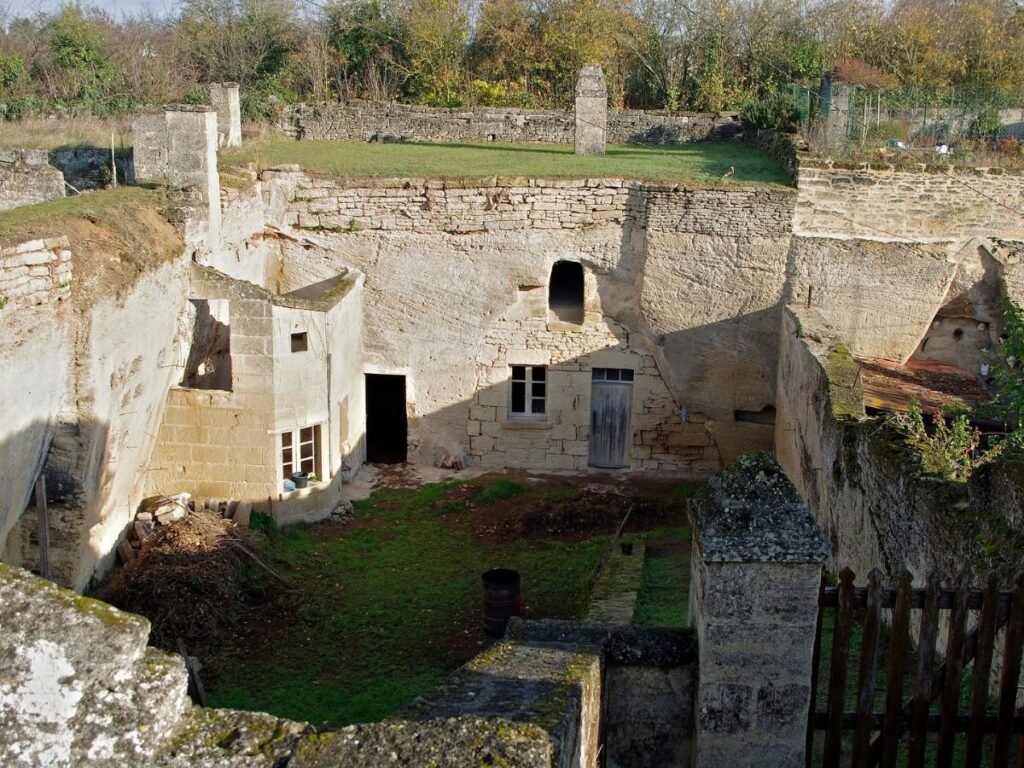
Why are Saumur’s troglodyte caves perfect for aging sparkling wine? Think of it as an exclusive underground spa for fine wines! These caves provide ideal conditions thanks to their consistent temperature of about 54-57°F (12-14°C) and perfect humidity levels. The limestone walls create a stable, vibration-free environment, essential for the delicate aging process of sparkling wines. It’s often said that every bottle of Saumur’s bubbly has a story to tell—one of millions of patient bubbles, nurtured in the shadows, awaiting their moment of glory.
Tasting wine in these troglodyte havens is an experience like no other. It’s more than just a tasting; it’s a journey through time, a seamless blend of past traditions and modern passion for winemaking. Visitors step into a mysterious world where history and craftsmanship come together. These cellars offer a rare opportunity to discover winemaking secrets in a setting that has stood the test of centuries.
The Best Troglodyte Wine Cellars in Saumur
In Saumur, troglodyte cellars aren’t just relics of a flourishing artisanal past; they are living invitations to explore remarkable wines that surprise and delight. Take, for example, Langlois-Chateau, a house that skillfully balances tradition and innovation. Established in 1885, this historic estate is an intriguing paradox—preserving ancestral methods while staying ahead of modern winemaking trends. Visitors are welcomed into deep, atmospheric caves for tastings that highlight the unique terroir. Langlois-Chateau is especially renowned for its Crémant de Loire, which reaches its full potential in the underground galleries of Saumur.
Another must-visit is Ackerman, founded in 1811 by Jean-Baptiste Ackerman, the Loire Valley’s oldest sparkling wine house. Walking through its stone corridors is like stepping through history. Ackerman revolutionized traditional sparkling wine production, and its creations have earned well-deserved acclaim. The vast, mysterious tuffeau caves provide the perfect setting for the transformation of grapes into fine bubbles.
For an immersive underground experience, Bouvet-Ladubay, established in 1851, is a standout. This estate offers tours that take visitors deep into silent corridors, where award-winning sparkling wines age to perfection. Here, the troglodyte caves serve as more than just wine storage; they are living spaces where culture and the art of winemaking intertwine.
Other hidden gems include Veuve Amiot, founded in 1884, where the secrets of Crémant de Loire are carefully preserved, and the historic Gratien & Meyer, set within ancient tuffeau quarries. These cellars are living proof that stone has not only provided shelter but also prosperity. Their reputation for exceptional sparkling wines has remained strong for over 150 years. Exploring these sites is not just about discovering wine but also about uncovering the deep-rooted troglodyte heritage that defines the region.
Choosing the Perfect Troglodyte Cellar for Your Visit
Selecting the right troglodyte cellar in Saumur depends on the kind of experience you’re looking for. Some estates focus on history, transporting visitors back to when these underground galleries served as shelters, quarries, and later, wine cellars. Others take a more technical approach, revealing the secrets behind traditional sparkling wine production.
Some cellars also offer sensory experiences, with dim lighting, shadow plays on the stone, and hushed acoustics that turn each sip into a journey of its own. Each winery has its own personality: Langlois-Chateau emphasizes the step-by-step vinification process; Bouvet-Ladubay blends history with art, showcasing exhibitions within its galleries; while Ackerman highlights innovation and creativity in sparkling wine.
Tastings are, of course, the highlight of any visit, but not all cellars offer the same experience. Some present a wide variety of cuvées, from brut to demi-sec, showcasing different blends and aging times. Others focus on exceptional vintages, offering rare releases or limited editions. Comparing Saumur Brut’s traditional method to Champagne’s process can be fascinating, especially at estates like Gratien & Meyer, which operates cellars in both the Loire Valley and Épernay. Here, fine bubbles develop slowly, taking full advantage of the stable underground conditions.

The best choice also depends on whether you’re visiting solo, as a couple, or with family. Some cellars create intimate, romantic settings with soft lighting and cozy atmospheres, while others cater to families with interactive tours and kid-friendly explanations. Veuve Amiot and Ackerman offer fun, educational experiences for all ages, while Bouvet-Ladubay takes visitors on underground bike tours, adding a unique twist to the adventure. For those wanting a deeper dive, some cellars provide advanced tastings, teaching guests how to identify aromas, analyze bubbles, and pair wines with food.
Practical Tips for a Perfect Troglodyte Wine Tour
To make the most of your visit to Saumur’s troglodyte cellars, a little planning goes a long way. Reservations are highly recommended, especially during peak seasons when popular estates like Ackerman and Bouvet-Ladubay can fill up quickly. Some wineries require advance booking and limit group sizes for a more intimate experience. Checking their official websites or calling ahead ensures availability.
The best time to visit also matters. While summer is a favorite season, spring and fall offer a quieter, more relaxed atmosphere. May and June provide pleasant weather and long days, perfect for exploring underground galleries before heading to the vineyards of Saumur-Champigny. Autumn is another magical time, when golden-hued vines and harvest activities bring an extra layer of excitement. Even winter can be a great option—these cellars maintain a steady 54°F (12°C), making them a cozy escape from the cold.
Dressing appropriately enhances the experience. A light jacket is advisable year-round due to the caves’ cool, humid climate. Comfortable shoes are also a must, as some tunnels have uneven or slightly slippery floors. If photography is part of your plan, a camera with good low-light capabilities will help capture the caves’ unique ambiance. For tastings, it’s wise to stay hydrated and avoid arriving on an empty stomach to fully appreciate the wines. If you’re planning to bring home a few bottles, an insulated wine carrier will help maintain their quality.
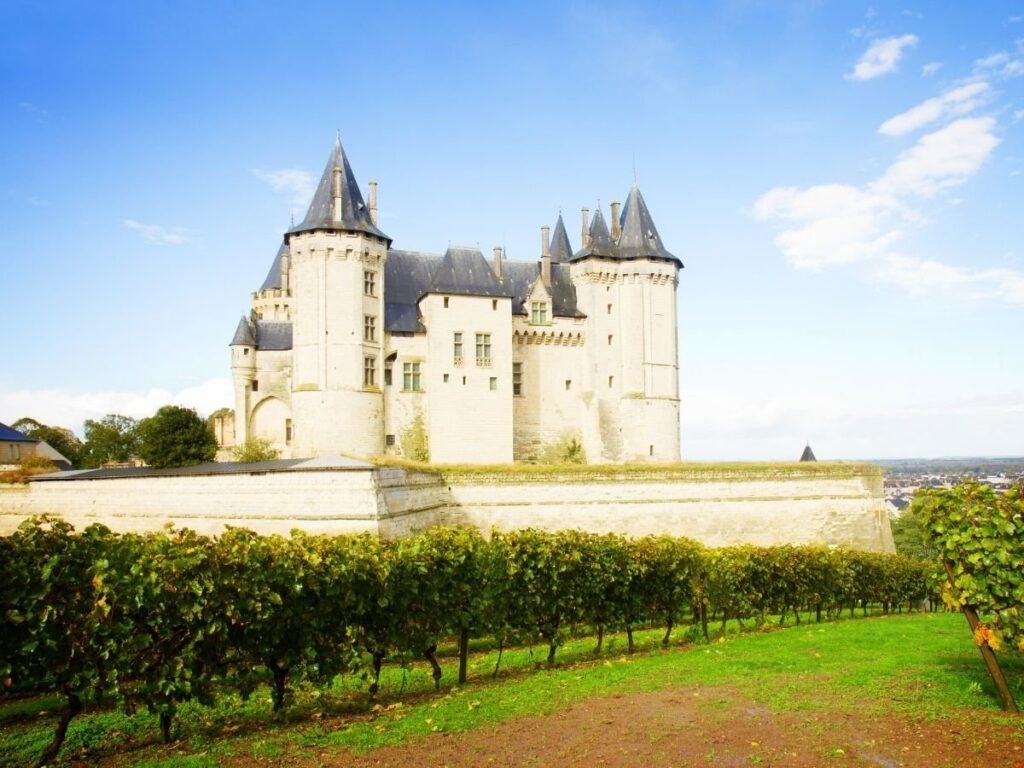
Beyond the cellars, Saumur offers plenty of ways to extend the experience. The Château de Saumur, perched above the Loire, offers breathtaking views and a glimpse into medieval history. The charming town center, with its half-timbered houses and artisanal shops, invites leisurely exploration. Wine lovers can take a trip into the surrounding vineyards to meet local producers and delve deeper into the Saumur-Champigny terroir. And for the perfect ending, why not set sail on a Loire River cruise, aboard a traditional gabare, watching the sunset over the vineyard-covered hills?




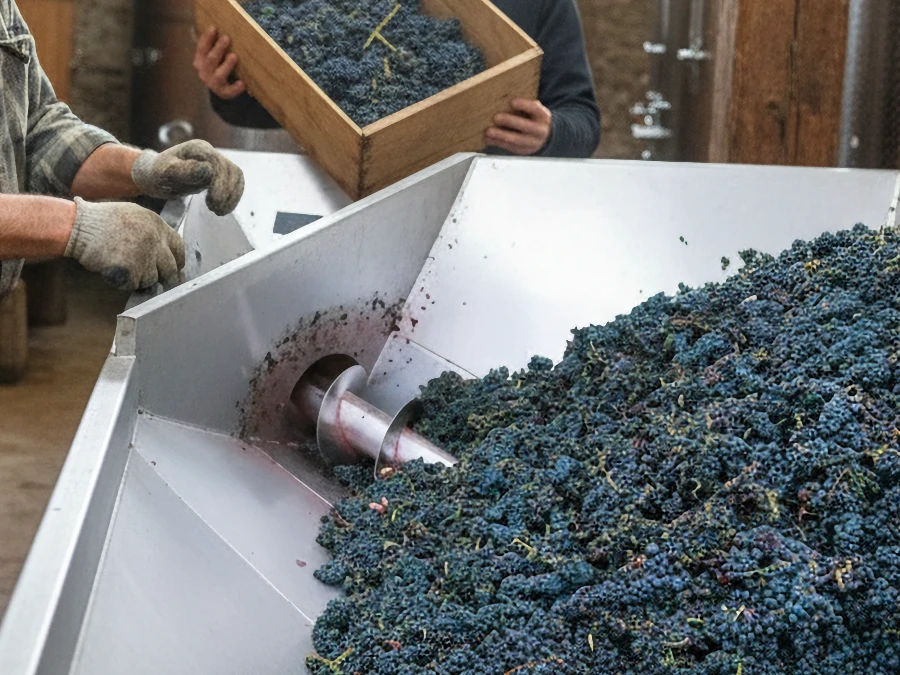
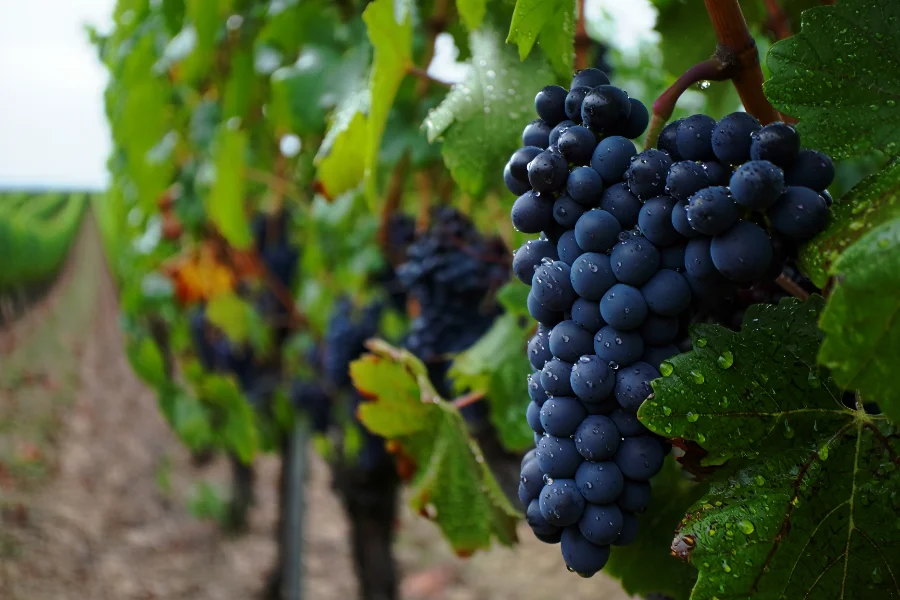

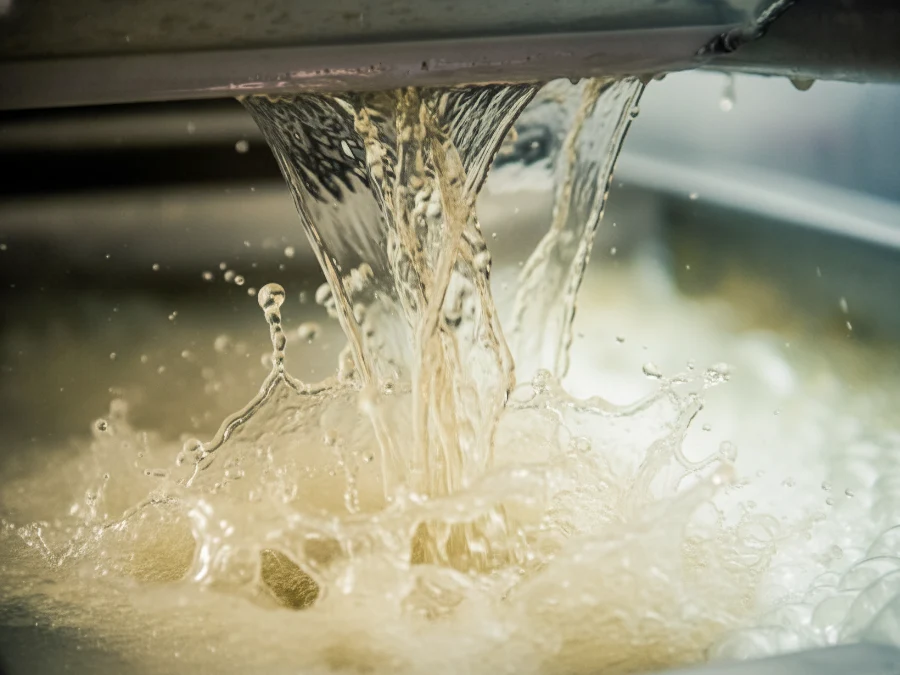
![PODCAST [S1E4] – The Well-Kept Secrets of Anjou-Saumur Wines](https://divineloire.fr/en/wp-content/uploads/2025/11/geologie-des-vins-d-anjou-saumur-1.webp)
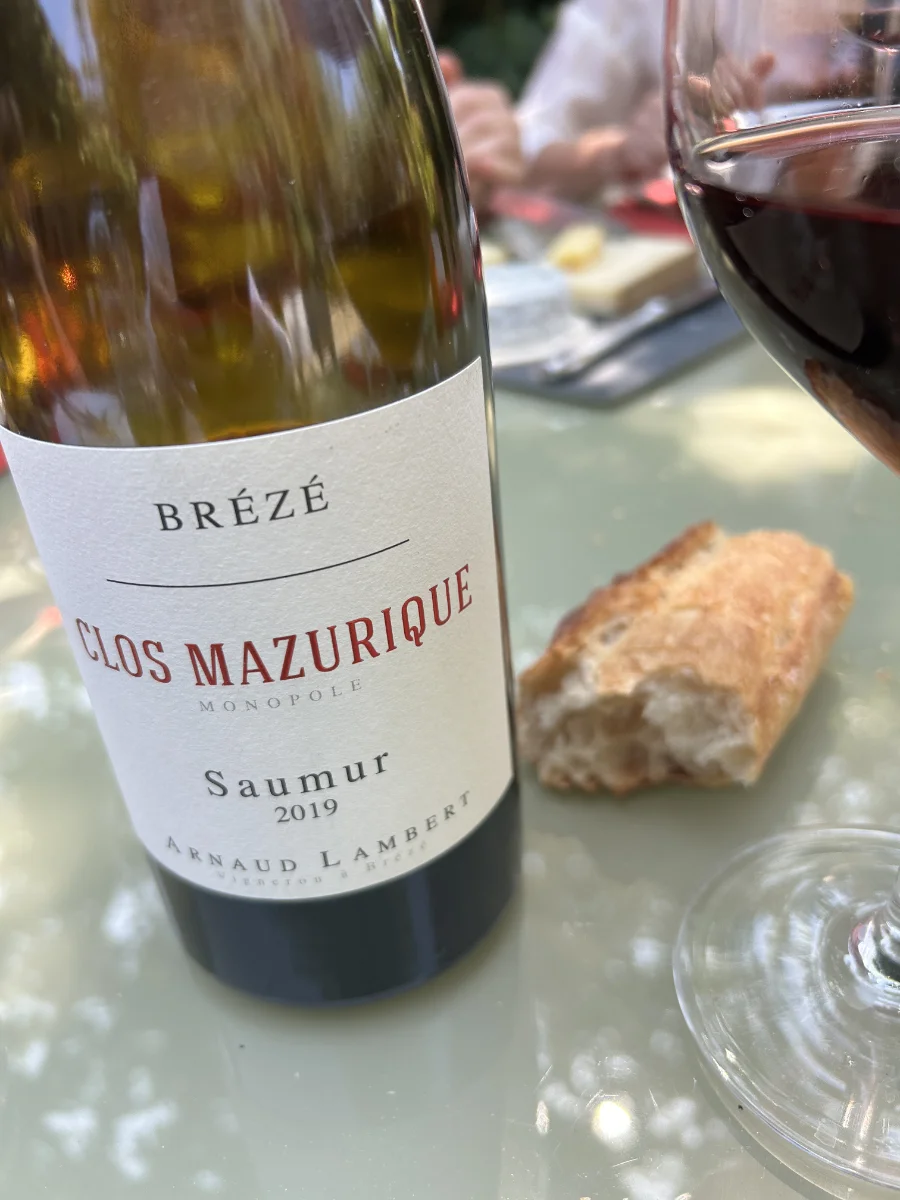
![PODCAST [S1E3] – Chinon, Vouvray, Bourgueil: The Holy Trinity of Touraine Vineyards](https://divineloire.fr/en/wp-content/uploads/2025/11/vignobles-touraine-chinon-vouvray-bourgueil-1-1.webp)